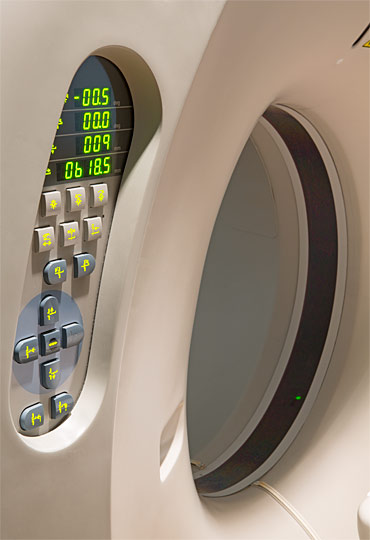Screening Exams in British Columbia
Canada Diagnostic offers a number of screening exams that can help identify certain diseases in their earliest stages — where they have the highest probability of successful treatment.

Why Preventative Screening?
Screening exams are designed to look for diseases before they cause symptoms. Early detection of diseases such as coronary artery disease and colon cancer before they cause symptoms can help you and your doctor slow or halt disease progression.
A screening exam might be right for you if you are over 50 years of age (men over age 40 are candidates for a heart scan) and have no symptoms of disease but are concerned about your health due to risk factors such as age, family history, diabetes, smoking or high cholesterol.
Every patient is unique and screening scans aren’t for everyone. We encourage you to talk to your doctor about your risk factors and which screening exams might be right for you. If you have symptoms which you specifically want investigated, please speak to your doctor about a diagnostic scan.
What are the limitations?
Screening scans have limitations. No screening test will detect all serious abnormalities, and screening exams may sometimes see things that have little or no medical significance, or that may look like serious disease but are not (false positives). The findings may require further testing for clarification. The results of your screening scan may be very important and should be integrated with your overall health profile by your family physician. We’ll send a detailed report of your results to your family physician as well as to you.
CT or Ultrasound screening is not recommended in place of traditional screening tests, such as annual mammography or exams for prostate cancer.
Screening Exams
Heart Scan
Male Patients Age 40+ Female Patients Age 50+
A preventative Heart Scan accurately detects calcified plaque build-up in the heart’s arteries, potentially years before a standard exercise stress test could detect disease. The amount of calcified plaque is correlated with your other risk factors to obtain the necessary information to chart a proactive treatment.
This screening is designed for people with a family history of heart disease and those with high cholesterol, high blood pressure or diabetes. In addition, smokers and those exposed to second-hand smoke can benefit from this exam.
Lung Scan
Patients Age 40+
Our Lung Scan provides a detailed visualization of the lungs. It enables our radiologists to detect lung cancer at an early stage, usually undetectable by an ordinary chest x-ray. The Lung Scan can also detect other lung damage such as emphysema from smoking or lung scarring from prior infection.
This screening is designed especially for smokers (history of > 20 pack years), those exposed to significant second hand smoke and prolonged exposure to air pollution.

Carotid Artery Ultrasound Screening
Patients Age 50+
Asymptomatic narrowing (stenosis) of the carotid arteries affects 5-10% of patients aged 50-65, and is an important risk factor for stroke. The accuracy of carotid colour flow Doppler ultrasound in detecting such narrowings is 93%. This painless screening test provides images of the carotid arteries on both sides of your neck and measures the velocity of the blood flow through these vessels. Carotid ultrasound compliments CT calcium scoring of the heart by looking at another area of possible atherosclerotic disease, and providing a risk assessment for stroke.
Abdominal Aortic Aneurysm (AAA) Ultrasound Screening
Patients Age 50+
An aneurysm is an abnormal ballooning or enlargement of a blood vessel. When this happens in the abdominal portion of the aorta (the largest blood vessel in the body) it is known as an abdominal aortic aneurysm (AAA). AAA is present in 5-10% of men aged 65-79 yrs, and if rupture occurs, mortality is 80%. Ultrasound screening has been shown to reduce mortality from AAA and is recommended for men 65 years or older.
The Canadian Society of Vascular Surgery support ultrasound screening of men ages 65-75 for AAAs and annual follow-up for aneurysms 3.0-4.4 cm in size.
